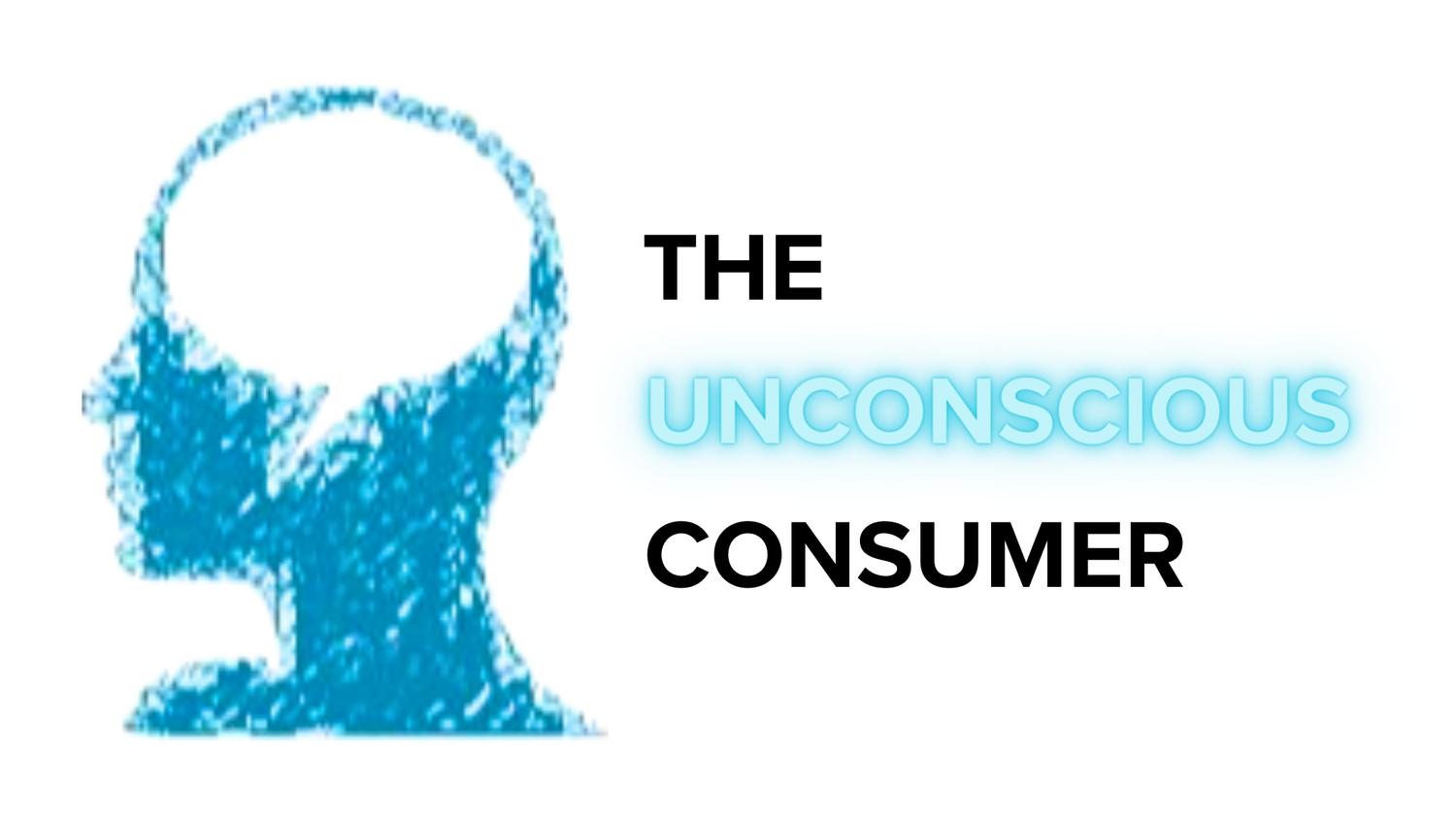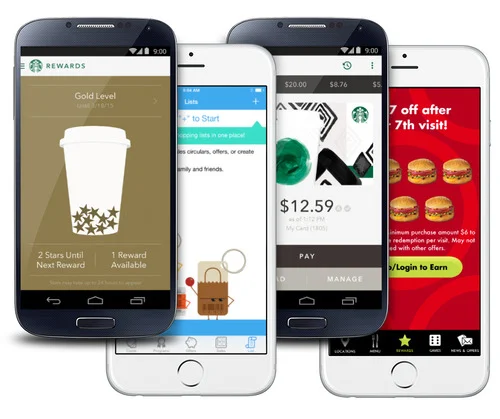Digital Nudge Series #1 - The Value of Returning Customers
Regardless of whether your customers only interact with you in the digital world, physical world, or some combination of both, one fact remains true – building up loyalty among your customers/readers/users will always give you a competitive advantage.
Thinking outside of the app
Especially in the past decade, we have seen a rise in retailers embracing customer loyalty by creating loyalty programs (now, there are so many loyalty apps that there is a demand for apps to manage all the loyalty apps!) that reward people for repeat business. Most people are familiar with customer loyalty programs that reward customers with points that accrue with more purchases. While those types of loyalty programs provide a benefit, they are quickly reaching max capacity since every industry feels the need to offer their own program. Even though many retailers rely on those types of large-scale loyalty program and apps to incentivize customer behaviour, there are very few retailers that are embracing small-scale nudges to build up customer loyalty by using their website.
Harnessing returning visitors on your site
In fact, one of the easiest ways to identify loyalty opportunities on a retailer’s site is also one of the most overlooked – Returning Visitors. Returning visitors is a standard web analytics metric that you will come across in Google Analytics and Omniture, and it simply tracks how many visitors have come to your site more than once. If you’re curious about returning visitors are tracked, you should check out this link to the popular blog Occam’s Razor, but for the purposes of this article I will referring to the value of returning visitors at a higher-level. That is, a returning visitor is someone who saw what you had to offer, and liked it enough to want to come back. It could be as simple as they liked what they read on your blog and wanted to come back to read more. Or it could be they were shopping around, and after they checked out your competitors they decided that they liked what you had to offer the best. Either way, these people are indicating their loyalty to you, which makes it easier to create ways to reward their loyalty.
Returning visitors are a perfect use case for implementing different types of digital nudges that allow for a visitor to pick up right where they left off from their previous visit. Sometimes digital nudges can be implemented to help customers that need to visit a retailer’s site multiple times before they are ready to make a purchase (e.g. shopping for new phone plan; for a new car; for a new mortgage; etc…), but other digital nudges can be used to help customers that make a lot of repeat purchases from the same retailer (e.g. shopping for clothes; groceries; books). Regardless of what type of retailer you are, the basic idea is the same – you want to create digital nudges that can selectively adapt the site based on someone’s previous visit.
What do we mean by "Digital Nudges"?
The idea of implementing digital nudges may seem too vague or even too complicated, but it is actually quite simple in theory and in practice. Digital nudges are no different than the type of nudges that Richard Thaler and Cass Sunstein proposed in their popular book – Nudge: Improving Decisions about Health, Wealth, and Happiness. In the book, nudges were defined as follows:
“A nudge, as we will use the term, is any aspect of the choice architecture that alters people’s behavior in a predictable way without forbidding any options or significantly changing their economic incentives.”
In their definition, they used the example of putting fruit at eye-level in a market to nudge people to buy more fruit and less junk food. The same idea applies for digital nudges on a website, we just have to rethink what it means to show something on “eye-level”.
Importantly, implementing digital nudges for returning visitors does not need to be an over-the-top endeavour. Digital nudges can be finessed and practically invisible to the user. Think of your experiences on Amazon or Netflix. You don’t overtly notice that you are being nudged, but behind the scenes the site is adapting based on your previous visits. Now, we do not need to reach that level of sophistication to implement a digital nudge. Often the easiest nudges are the simplest.
Example from the automotive industry
As an example, I worked with a client in the high-involvement automotive category. Consumers looking to buy a new car were expected to make multiple visits to their site and to their competitors. In order to build up customer loyalty, we built a simple digital nudge into the client’s site experience that only affected returning visitors. When someone returned to client’s site, they immediately saw the same car they had built on their first visit to the site – everything from the particular model, the trim, the colour and the interior features. This nudge helped returning visitors pick up right where they left off and continue along their own shopping journey, and it also helped the client see improved results for their own lead generation. When we tested out the digital nudge, we found that returning visitors that experienced the “loyalty” condition were 15% more likely to become a lead than returning visitors that experienced the control condition.
Make no mistake, this digital nudge was not ground-breaking, or at least as ground breaking as putting fruit at eye-level for grocery shoppers, but the results that can come out of these simple nudges are tremendously powerful for building loyalty with your customers and keep them coming back.
Have any ideas for other digital nudges? Or do you know of digital nudges already in practice? Feel free to share your thoughts in the comments section below or on social media.





